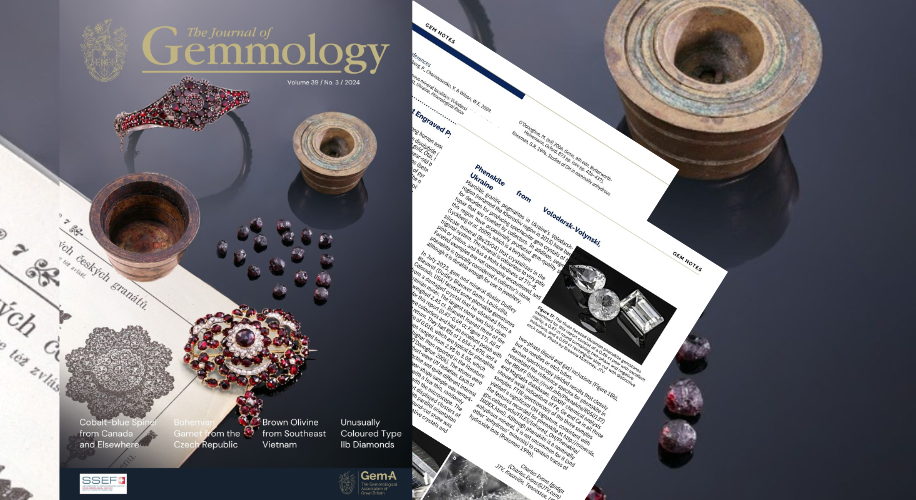One of the most important discoveries in the history of diamond mining was that diamonds were found in kimberlite. Until then, the world had obtained diamonds from Golconda and Brazil where they were found in alluvial gravels. The town where this was discovered was called Kimberley in South Africa and in geological terms, Kimberley is the ‘type locality’ of kimberlite. As part of the Gem-A Live series, I was asked to deliver a webinar on the town of Kimberley, discussing the significance of the diamond discoveries not only to the town and to South Africa as a whole, but also on the diamond industry worldwide.
The diamond discoveries around what became Kimberley, opened up the interior of South Africa. Until then, much like Australia, there was no compelling reason to venture far from the coast. The settlement at Kimberley was the steppingstone for the discovery of the fabulously rich Witwatersrand Goldfields and the foundations of Johannesburg.
Kimberley also played a part in the brutal war that pitted the Boers against Britain and her allies. Winston Churchill and Arthur Conan Doyle found themselves out there. It was the site of several incredible innovations. Did you know Kimberley was the fourth city in the world to get electricity?
It is remarkable that the big hole of Kimberley was dug, by hand, to a depth that would obscure a 60-story building before they went underground. This is the template for most kimberlite mining today. Start with an open cast pit, work down as long as the economic model is positive and then, if it is going to be profitable to do so, head straight down at the side of the kimberlite and tunnel in to nibble away at that kimberlite from underground!
Watch below, as Charles Evans presents “150 years of Diamond Mining in Kimberley” as part of the Gem-A Live webinar series.



